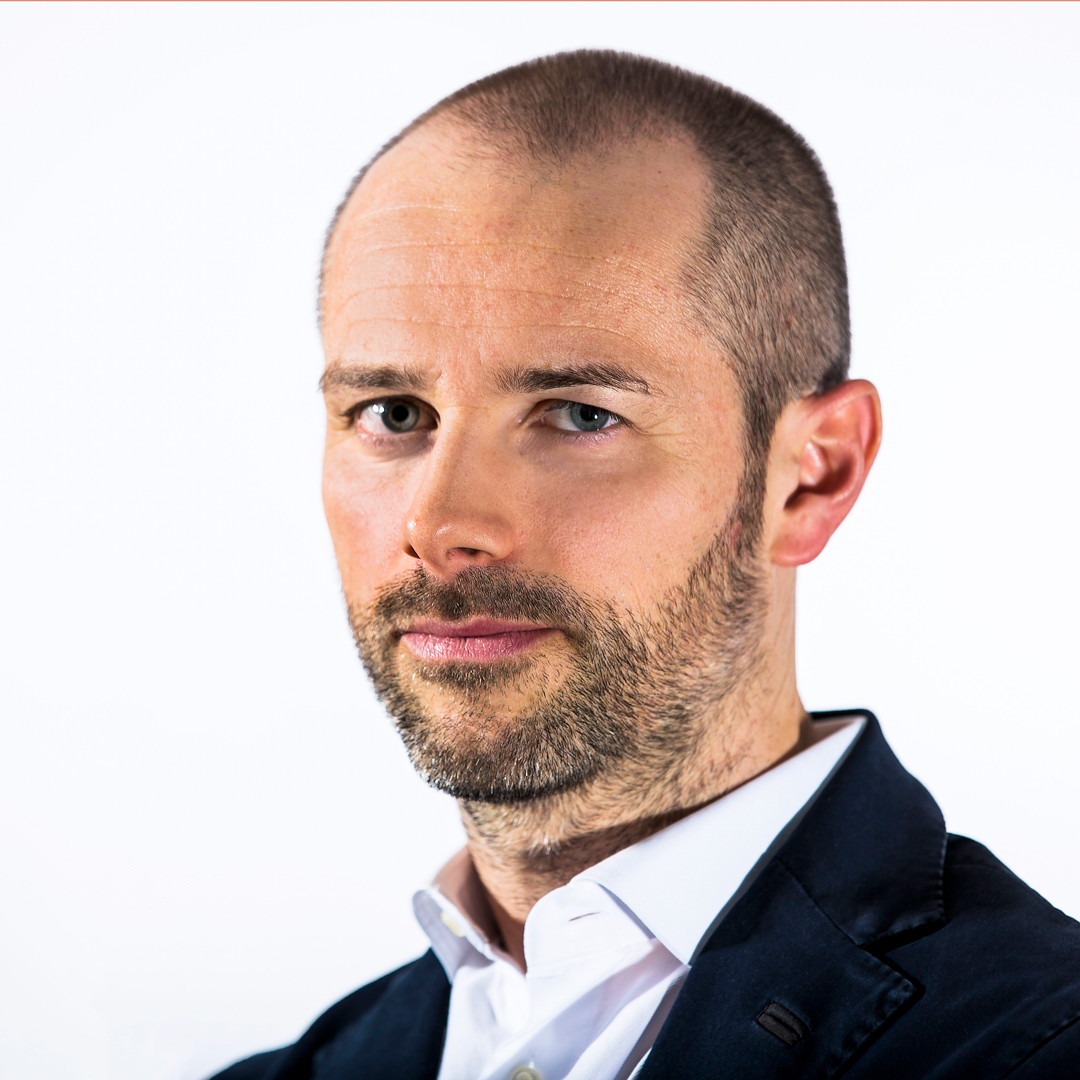Christine Harms is a process improvement pro in sheep’s clothing. In fact, Harms is more of a force of nature who gives the initial impression of a calm spring day. Soft-voiced and quick to laugh, it’s difficult to imagine Harms walking away from a motorcycle accident, nursing a broken arm that was the unfortunate meeting place for Harms’ helmet and the asphalt. Or to imagine the self-described “hyper-busybody” who, when her duties can wait, actively seeks out coworkers to either work on cross-training or to learn a new skill.

Nothing about Harms is what it seems. The controller at the Arizona Cardinals has a résumé of financial and accounting modernization that speaks for itself; and it’s a good thing because Harms has many other projects in the works to explain.
Harms has a habit of dragging company books into the modern age, and it underlines the controller’s genuine interest in what can be done to make something, anything, a little bit better. More than two decades ago, Harms began working at a restaurant but, after becoming better acquainted with her bosses, wound up helping out with bookkeeping. “I really enjoyed learning the ins and outs of reconciling, inventory, and payroll, and I figured I should probably get my degree in accounting,” Harms says.
After earning an information systems-focused accounting degree, Harms figured she might as well get an MBA while she was at it. And after graduating, her boss figured she could learn accounts payable, and other hugely necessary skills, on the job and hired her as his assistant controller.
It’s where Harms developed and flourished as a process improver. “My job was to sit with these departments, get to know what their jobs were, and make them more efficient,” Harms says. At the same time, Harms was able to help the accounts payable function see the value of company credit cards versus lengthy and file-heavy reimbursement. It reduced the staff from four expense report clerks to one working with JPMorgan Chase. “We had to find something for the other three to do,” Harms laughs. They wound up as Harms’s process improvement evangelizers. One of them remains—a point of pride for Harms, knowing she helped her team grow into new directions.
Giving Instead of Receiving
With almost ten years of nonprofit experience, Christine Harms says that coming to the Arizona Cardinals gave her the opportunity to be on the giving, instead of the receiving, side of contributions. As expected, she extensively reworked accounting for the charities functions, making it more efficient, and was able to work with the marketing arm of the organization to build more community presence for the Cardinal Charities organizational brand.
After moving on to a director of finance role at nonprofit Youth Evaluation & Treatment Center, Harms was able to use an outside vendor to build billing software from scratch that included medical records and other notes that brought billing time from the state that had a typically turnaround time of eighteen to twenty-four months to two—the difference between two months and two years to get paid. “The state enjoyed being able to adjudicate so quickly that they eventually started preparing us so they could spend more time worrying about their other bills.” Believe it or not, Harms got a government agency to pay a bill ahead of time.
After another nonprofit move, a motorcycle accident, a hospital stay that discovered a pituitary adenoma at the base of her brainstem and two surgeries to remove, and two children, Harms said she’d done everything she had set out to do. She’d wanted a controller role, a family, and cheating death a couple of times was a nice bonus. But it was time to figure out a new goal. “I wanted to have my cake and eat it, too” Harms laughs. She wanted a job where she could balance being a mom with the joy she gets every day from making things around her operate better. The Arizona Cardinals was the answer.
Since coming to the Cardinals in 2010, Harms has helped modernize financial functions for all the companies that roll up under her oversight. Moving to electronic records and accounts payable did away with paper (and the time spent printing and mailing) almost entirely.
One of Harms’s most lasting contributions to the organization has been uniting the financial department around Vena Solutions’ budgeting, planning, and revenue forecasting software that replaced two separate pieces of software that, in its own respect, weren’t able to do enough, particularly regarding accessing enough pertinent information from Microsoft Dynamics GP (formerly Great Plains). Harms says Vena’s proof-of-concept “blew it out of the park,” and the successful integration began in February 2019.
When she’s not busy attacking process, Harms takes great care in departmental cross-training. She’s a teacher at heart, having spent several years teaching nonprofit accounting for the University of Phoenix. “I love sharing knowledge of the bigger picture,” Harms says, and it’s how she prefers to work. “I tend to do everything with a bit of reverse logic. I want to see the big picture and work my way down to the details. Then I take the details and work my way up and see what areas are the same. Those that are the same stay, the rest are not as important.”
The controller says as long as there’s a process or system that’s been done “a certain way” for reasons no one can remember, she’ll be there, challenging the model. She may be smiling, but Harms’s résumé means business.















